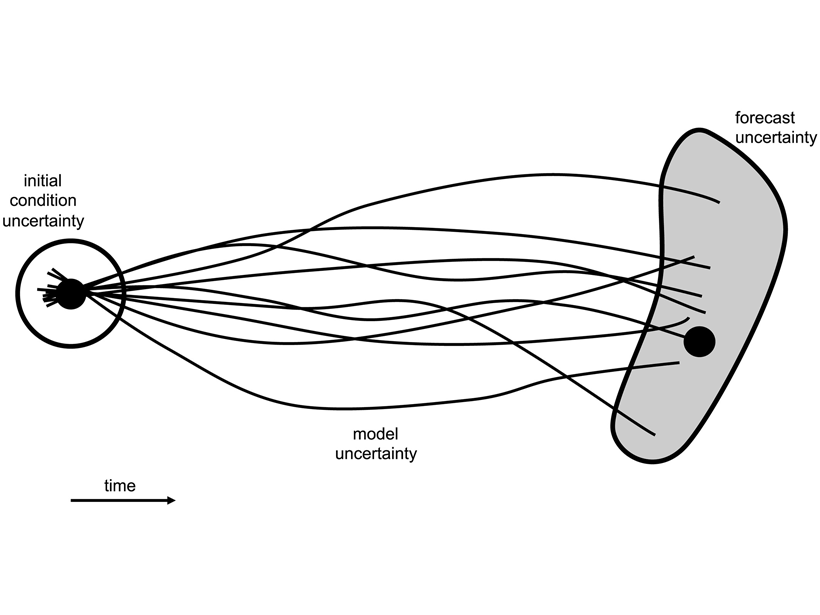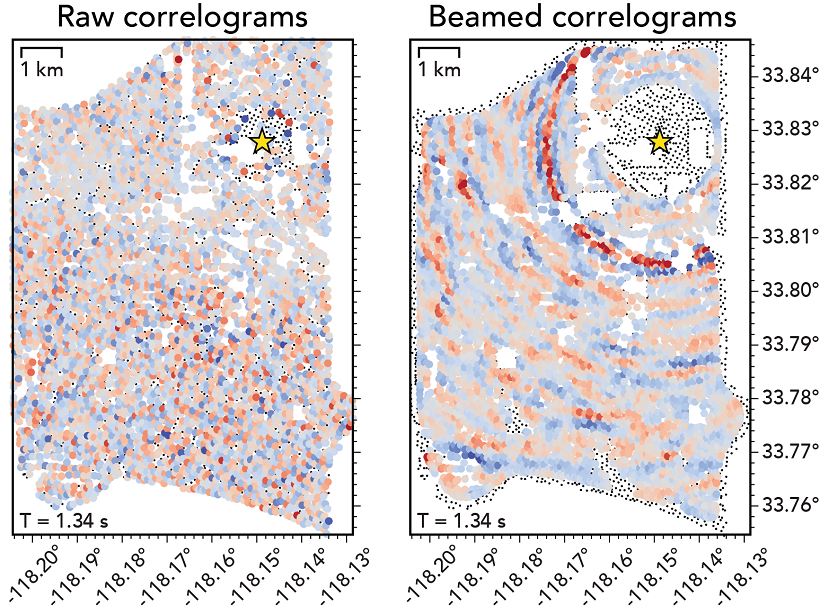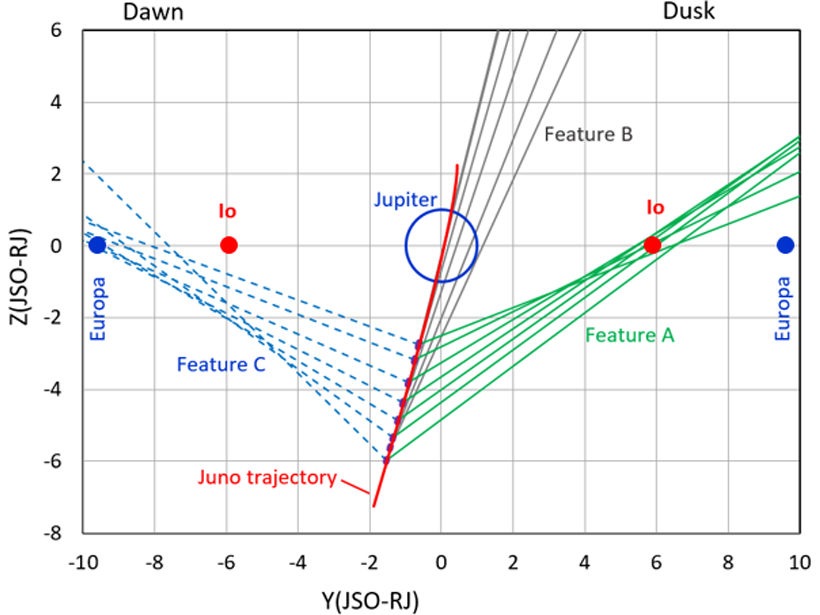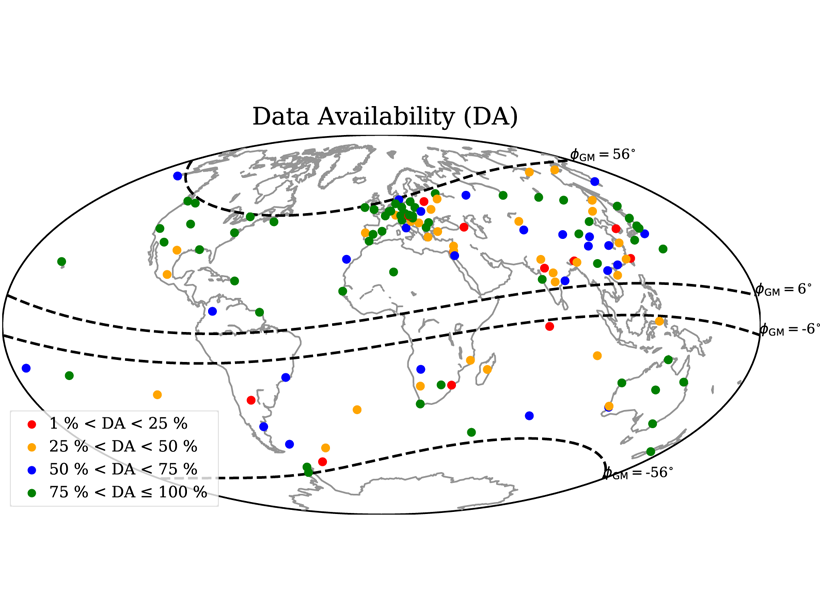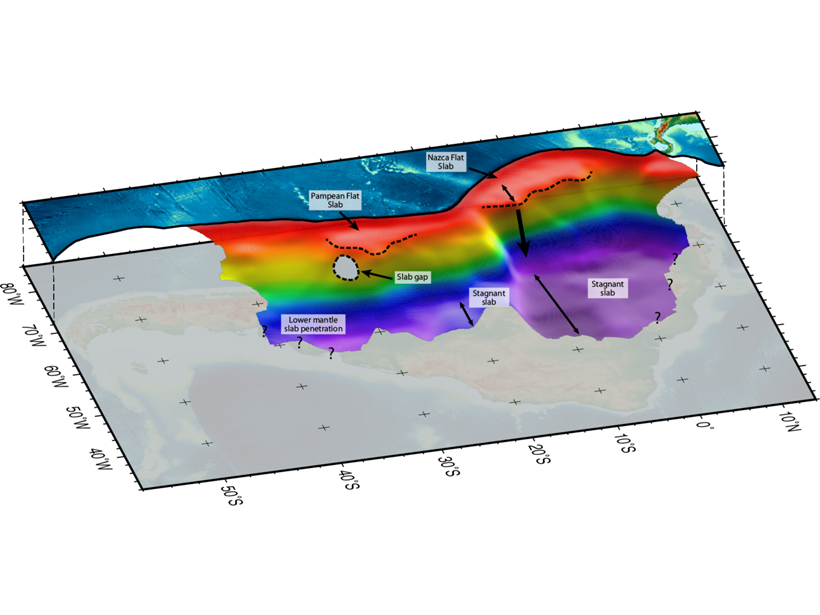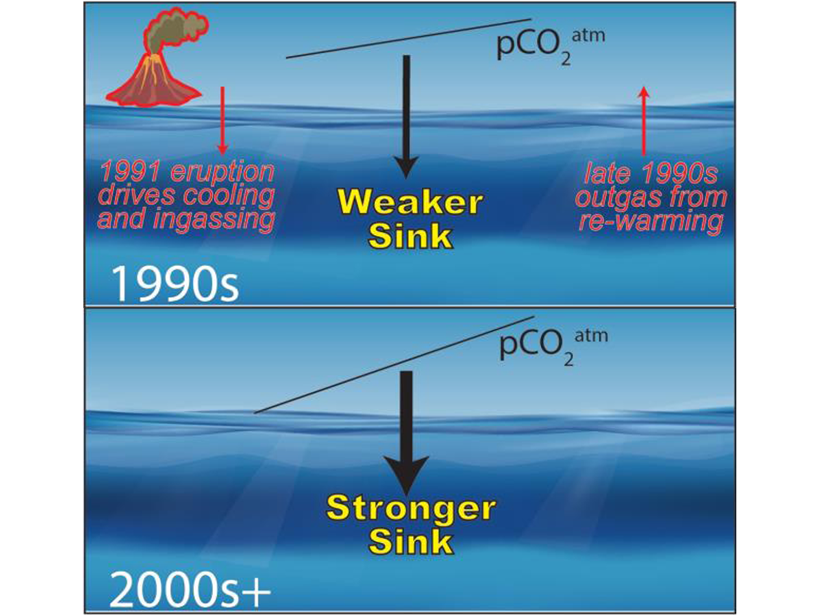A short, must-read, report for anyone developing new space weather forecasts.
Editors’ Highlights
Dangerous Bacteria Catch a Ride on Saharan Dust
Saharan dust events can spread bacterial pathogens over long distances, but we may be able to predict the human health risk from exposure.
Fine-scale Structure Mapped by Body Waves Extracted from Noise
A novel processing scheme was used to extract refracted body waves from ambient seismic noise and investigate the small-scale structure around a fault at Long Beach, California.
New Energetic Neutral Atom Emissions from Jupiter, Io, and Europa
The first Jovian off-equator Energetic Neutral Atom viewings reveal distinct emissions from Jupiter and the orbits of Io and Europa: Energetic particle injections surprisingly occur inside Io’s orbit.
The Ability of Pyroclastic Flows to Generate Tsunamis
Lab experiments of fluidized granular flows entering the water shed light on the dynamics of tsunami generation by fast-moving, pyroclastic density currents at volcanic islands or coastal volcanoes.
Globally Variable Water Content in the Mantle Transition Zone
Using electromagnetic waves originating in the ionosphere and magnetosphere, conductivity profiles reaching the deep upper mantle show surprising variability in water content.
The Other, Deeper, South American Flat Slab
Tomographers trace the slab subducting beneath South America into the lower mantle, providing the most complete picture of structure beneath the continent to date.
Eruption and Emissions Take Credit for Ocean Carbon Sink Changes
A new model explains why the ocean’s capacity to take up carbon was reduced on a decadal scale, by accounting for reduced pCO2 emissions and ocean state changes due to the eruption of Mt. Pinatubo.
Extremely High Carbon Return in Certain Volcanic Arcs
By comparing measured volcanic output with subducted carbon fluxes from drill cores, the Lesser Antilles subduction zone shows nearly complete slab carbon release at sub-arc depths.
Meteoric 10Be Reveals Lithological Control on Erosion Rates
New meteoric 10Be data quantify fast erosion of slates in the Zhuoshui River catchment in Taiwan and demonstrate the influence of lithology on landscape steepness.

